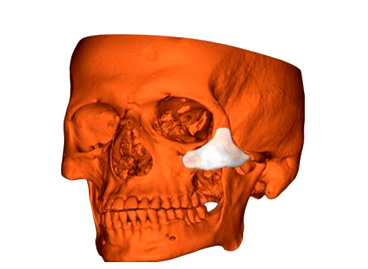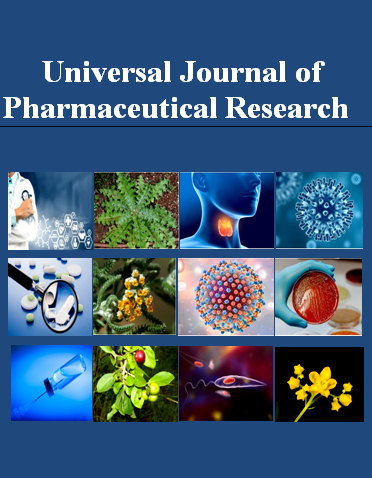IMPACT OF 3D PRINTING IN RECONSTRUCTION OF MAXILLOFACIAL BONE DEFECTS EXPERIMENTAL STUDY IN A MILITARY HOSPITAL IN SANA’A CITY, YEMEN
Keywords:
Bioceramics, maxillofacial bone defect, reconstructive surgical procedures, three-dimensional (3D) printing technology, PEEK, PMMAAbstract
Background and aims: The study explores the use of PEEK and PMMA as alternatives for 3D reconstruction of orbital bone defects. It aims to evaluate their durability, develop a standardized protocol, and design implant-specific implants using 3D printing technology.
Subjects and methods: A study at the Military Hospital in Sana'a, Yemen, found maxillofacial fractures in six patients who underwent maxillofacial reconstruction using 3D printing technology. The patients had previously undergone unsuccessful traditional treatments. The study involved preoperative assessments, CT scans, and functional evaluations. Custom 3D printed implants were designed using GOM and ATOS, and surgical procedures were performed under general anesthesia.
Results: A group of patients aged 20-43 years, with a mean age of 28.8 years, experienced pain, aesthetic deformity, limited mouth opening, difficulty eating, and bacterial infections. Causes included G.S.I., RTA, bomb explosion, and falls from height. The study found that all patients had unilateral fractures, with 33.3% having segmental fractures, 66.7% having displacement, and 50 having tripod fractures. Debridement operation was performed in all patients, with bone grafting and ORIF performed in 83.3%. Instability, insufficient, and infection were the most common reasons for failure.
Conclusion: This study highlights the potential of 3D printing technology in enhancing the outcomes of maxillofacial bone defect reconstruction by use PEEK and PMMA materials, especially in patients with prior treatment failures.

Peer Review History:
Received 13 December 2024; Reviewed 11 January 2025; Accepted 22 February; Available online 15 March 2025
Academic Editor: Dr. Asia Selman Abdullah , Pharmacy institute, University of Basrah, Iraq, asia_abdullah65@yahoo.com
, Pharmacy institute, University of Basrah, Iraq, asia_abdullah65@yahoo.com
Reviewers:
 Dr. Neelam H. Zaidi, Fiji National University, Fiji, drneelamzaidi@gmail.com
Dr. Neelam H. Zaidi, Fiji National University, Fiji, drneelamzaidi@gmail.com
 Dr. Nicola Micale, University of Messina, Italy, nmicale@unime.it
Dr. Nicola Micale, University of Messina, Italy, nmicale@unime.it
Downloads

Published
How to Cite
Issue
Section

This work is licensed under a Creative Commons Attribution-NonCommercial 4.0 International License.









 .
.